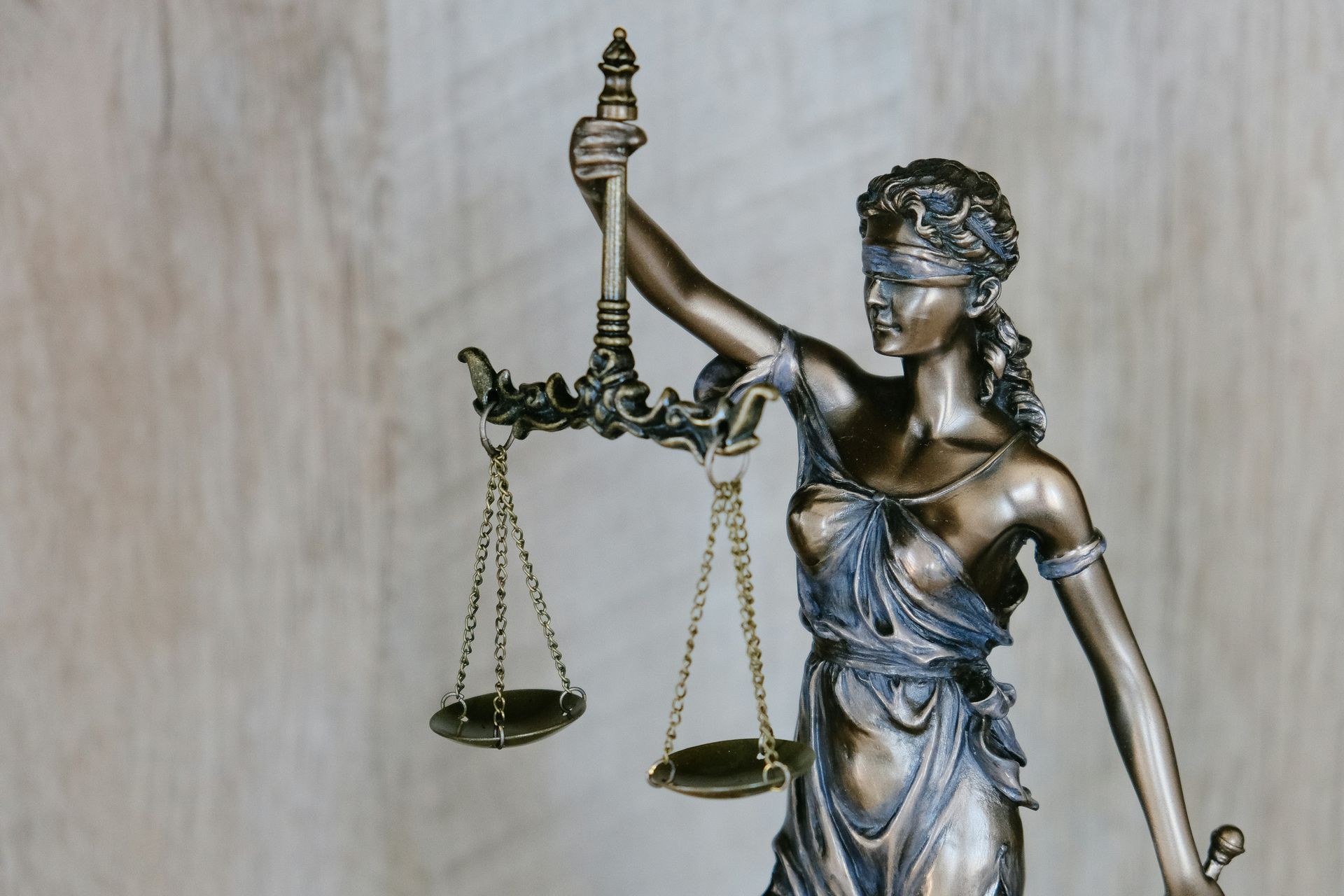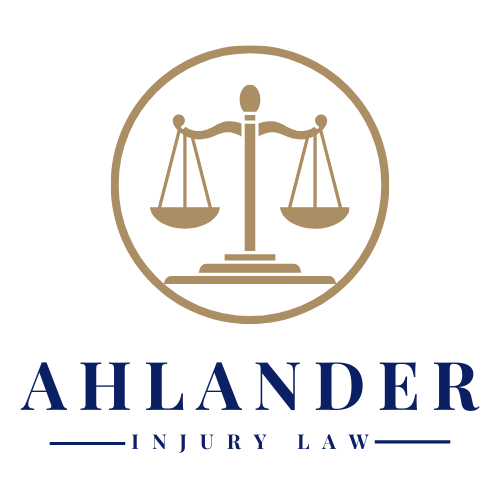Call Now (702) 996-7400
Navigating Accident Hotspots in Las Vegas: A Comprehensive Guide
Las Vegas, known for its vibrant nightlife, bustling tourist attractions, and unique roadways, presents a distinct set of challenges with traffic safety. Understanding the accident hotspots in Las Vegas is crucial for both residents and visitors to navigate the city’s roads safely. In this guide, we’ll explore the high-risk locations, environmental factors, legal considerations, and practical steps to take in case of an accident in Las Vegas.
Overview of Car Accident Hotspots in Las Vegas
In the context of traffic safety, a hotspot refers to an area with a significantly higher rate of accidents compared to surrounding areas. In Las Vegas, various factors contribute to the prevalence of accident hotspots, including high traffic volumes, unique road layouts, and environmental conditions. Recognizing these hotspots and understanding the risks they pose can help drivers make informed decisions while on the road.
Breakdown of High-Risk Locations in Las Vegas
Intersections and High-Traffic Corridors
Las Vegas is home to several intersections and high-traffic corridors that are notorious for frequent accidents. Areas such as the Las Vegas Strip and major highways like I-15 experience a high volume of traffic, leading to an increased risk of collisions.
Tourist Areas and Associated Parking Lots
Tourist attractions and popular landmarks in Las Vegas often attract large crowds, resulting in congested parking lots and heightened accident risks. Visitors should exercise caution when navigating these areas to avoid accidents.
Other Blackspots
In addition to well-known hotspots, there are residential and local road areas in Las Vegas with challenging conditions that contribute to hidden risks. These understudied areas may catch drivers off guard and lead to accidents.
Environmental and Local Contributing Factors
Traffic Patterns and Congestion
Daily rush hour traffic, along with event-driven congestion, can significantly impact the likelihood of accidents in Las Vegas. Drivers should be aware of high-speed zones and urban areas that pose different risk factors.
Nightlife and Tourism Influences
The city's vibrant nightlife and booming tourism industry can lead to late-night traffic, impaired driving, and increased congestion. These factors contribute to a higher incidence of accidents, particularly during peak tourist seasons.
Weather-Related Hazards
Las Vegas experiences unique weather conditions, such as sudden rain and dust storms, that can create dangerous driving conditions. Drivers should be prepared for these weather-related hazards and adjust their driving accordingly.
Other Local Factors
Infrastructure challenges, road maintenance issues, and construction zones can also impact road safety in Las Vegas. Drivers should stay informed about local road conditions and be cautious when navigating these areas.
Legal and Insurance Considerations Unique to Las Vegas
Navigating the legal and insurance aspects of an accident in Las Vegas requires an understanding of local laws and reporting requirements. Drivers should familiarize themselves with Nevada traffic laws and insurance considerations to protect their rights in case of an accident.
Nevada Traffic Laws
Drivers should be aware that Nevada has specific traffic laws that may differ from other states. These laws govern things like right-of-way, speed limits, DUI regulations, and rules for specific areas like the Las Vegas Strip. Familiarity with these laws is crucial, especially for visitors.
Reporting Requirements
In Nevada, there are requirements for reporting accidents to law enforcement. The severity of the accident, such as injuries or property damage exceeding a certain threshold, may dictate the need for a police report. Obtaining a police report is often necessary for insurance claims.
Insurance Considerations
Nevada has minimum insurance requirements for drivers. Understanding these requirements and having adequate coverage is essential. In the event of an accident, knowing your insurance policy details and how to file a claim is important for protecting your rights.
Local Laws
Las Vegas, being a unique city with a high volume of tourists and events, may have specific local ordinances related to traffic and parking. Drivers should be aware of these local rules, especially in tourist-heavy areas.
What to Do Immediately at the Scene – A Step-by-Step Guide
In the event of an accident in Las Vegas, taking immediate and decisive steps is crucial.
Prioritize Safety First
Ensure your safety and the safety of others involved by moving to a secure location away from traffic if possible.
Assess Injuries
Quickly check for any injuries among yourself, passengers, and others involved. Call emergency services (911) immediately if anyone needs medical attention.
Document the Scene
If safe to do so, document the accident scene thoroughly. Take photos of vehicle damage, the location, traffic signs, and any other relevant details. Exchange information with the other driver(s), including names, contact information, insurance details, and vehicle information.
Report the Incident
Contact the police to report the accident, especially if there are injuries or significant damage. Obtain a copy of the police report for your records and insurance claim.
Following these steps promptly can protect your interests and facilitate the claims process.
Recommendations for Safer Driving in High-Risk Areas
To reduce the risk of accidents in high-risk areas, drivers can employ defensive driving techniques, utilize technology and tools for navigation, and advocate for community and policy improvements. By staying informed and proactive, drivers can contribute to safer roads in Las Vegas.
Navigating accident hotspots in Las Vegas requires a combination of awareness, preparedness, and adherence to local laws. By understanding the high-risk locations, environmental factors, legal considerations, and safety recommendations outlined in this guide, drivers can protect themselves and others on the road. Stay safe, stay informed, and remember to consult with legal professionals when needed.
Remember, safety is everyone's responsibility on the road. Share this guide with others and take proactive steps to ensure a safe driving experience in Las Vegas.
If you have been involved in a car accident in Las Vegas,
consult with a legal professional like Ahlander Injury Law. Ahlander Injury Law provides the valuable guidance and support you need to protect your rights.


Disclaimer
The information you obtain from this website is not, nor is it intended to be, legal advice. You should always consult an attorney for advice regarding your individual situation. We invite you to contact us for a free consultation to learn more about your rights.
Contacting us does not create an attorney-client relationship. Please do not send any confidential information to us until such time as an attorney-client relationship has been established.
Once an attorney-client relationship has been established, a secure mode of communication will be discussed for transmitting any confidential information.
Proud Member Of
State Bar of Nevada
Nevada Justice Association
Contact Us
Ahlander Injury Law
9183 W Flamingo Rd, #110
Las Vegas, NV 89147
Phone: (702) 996-7400
Fax:
(702) 202-3985


